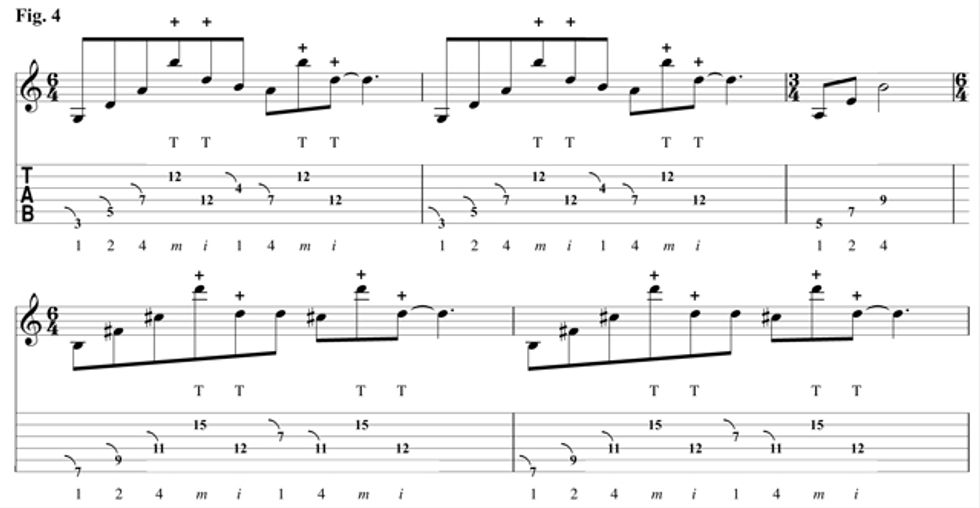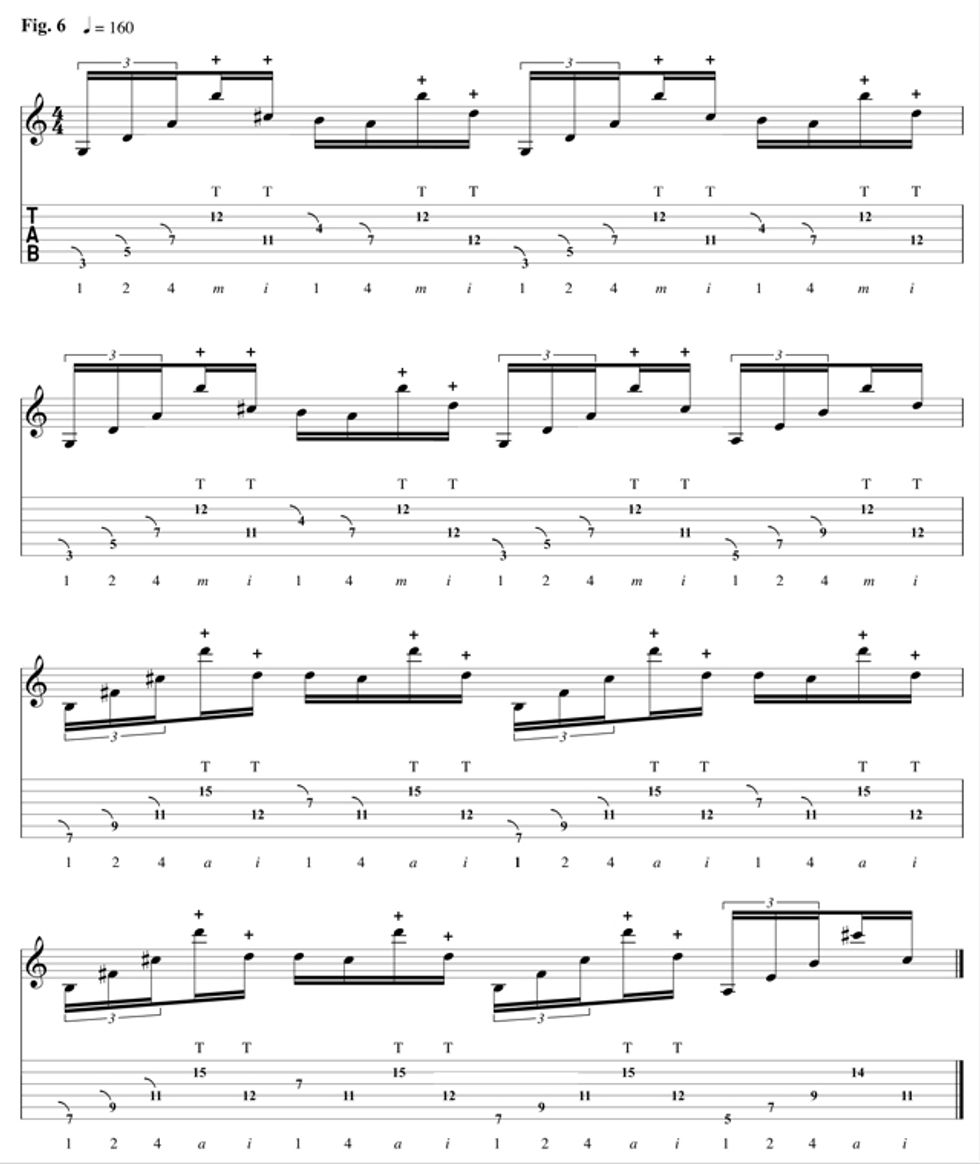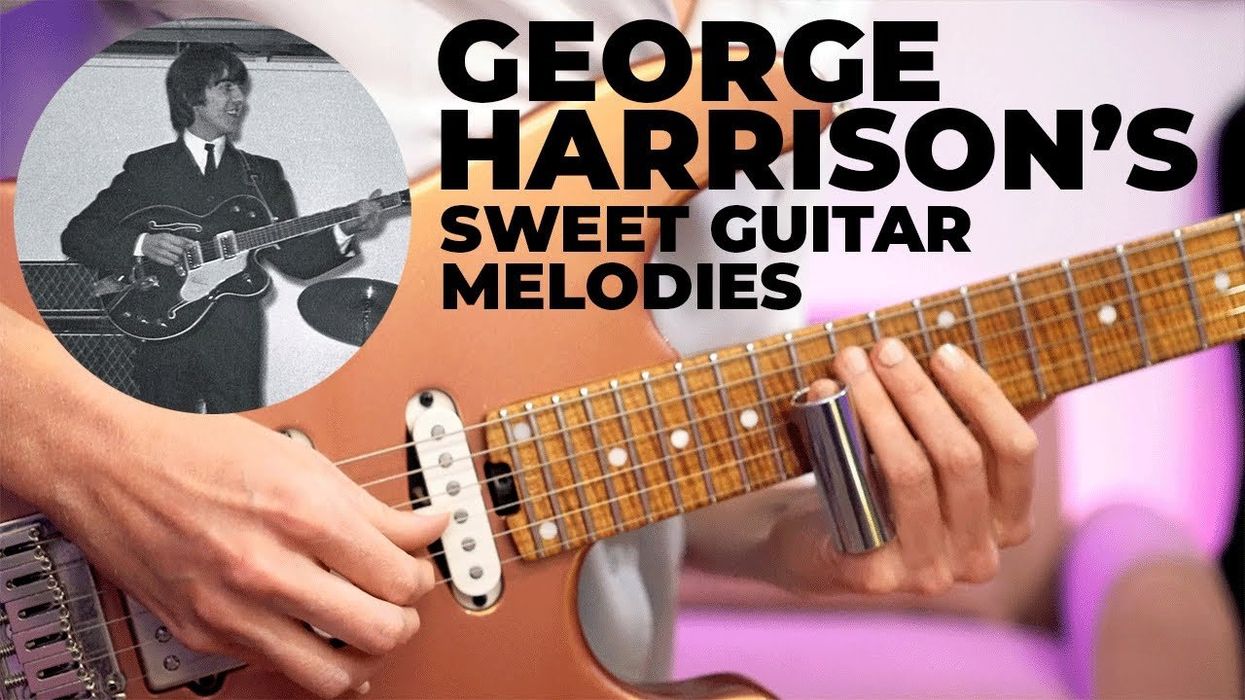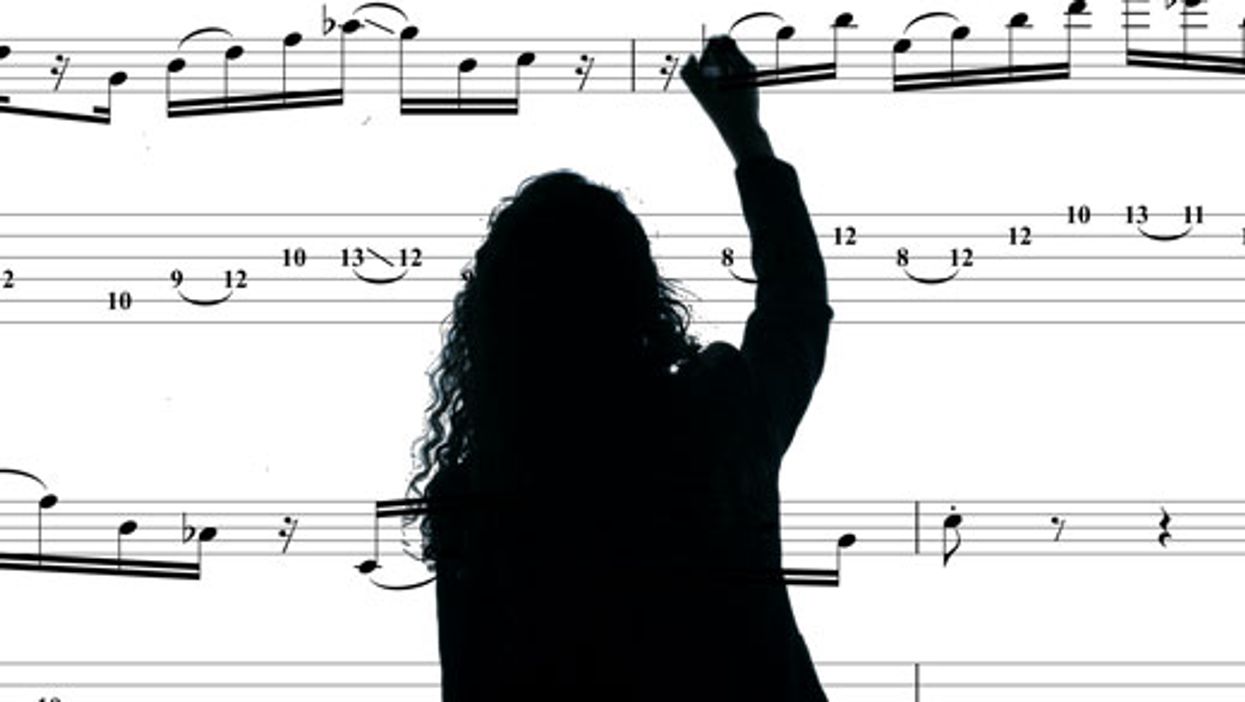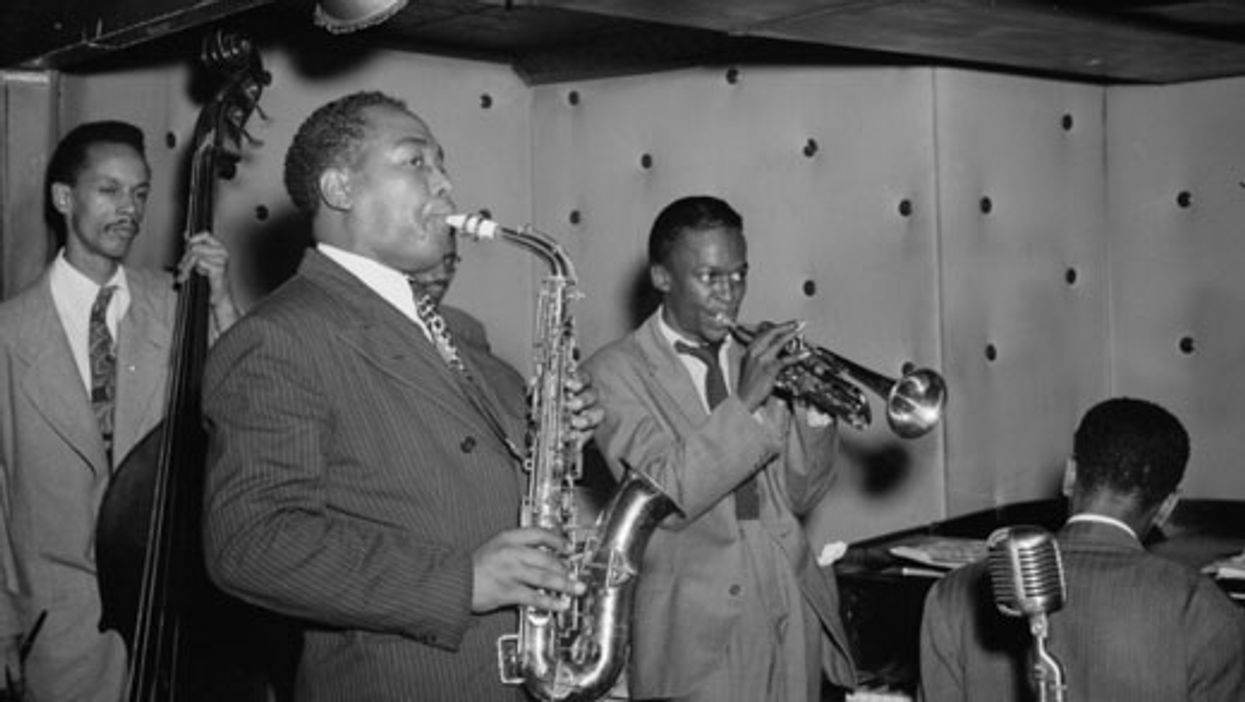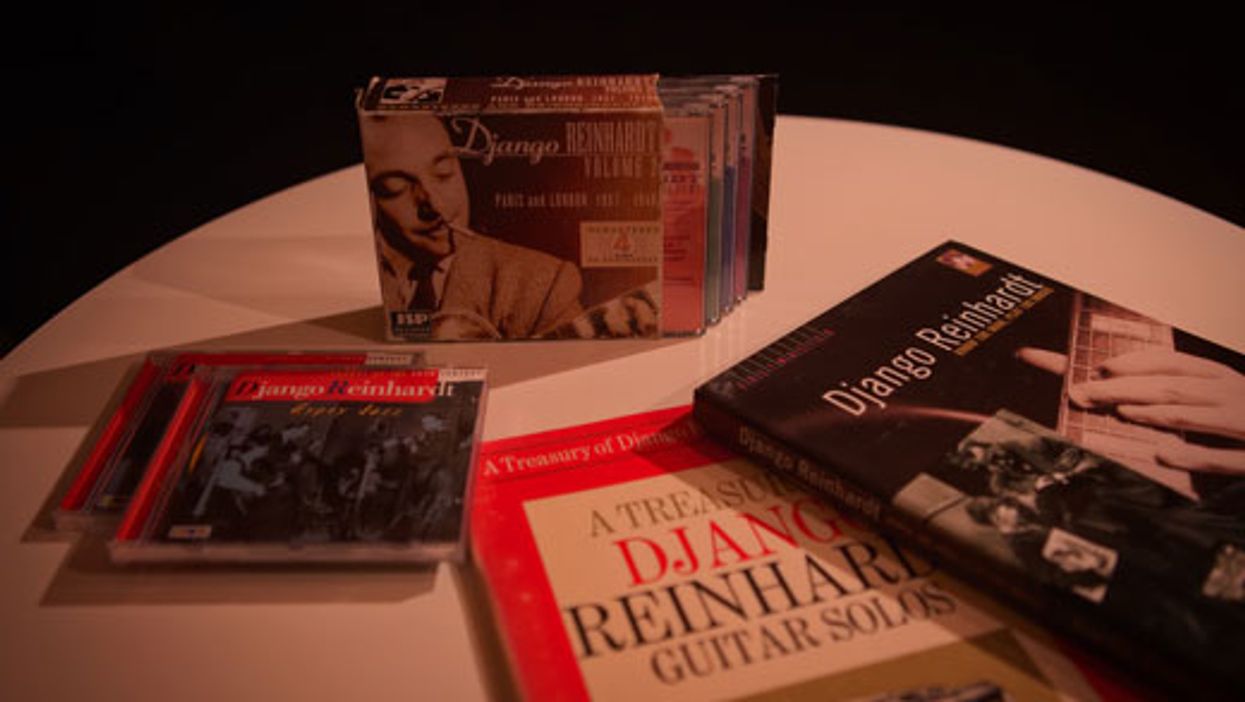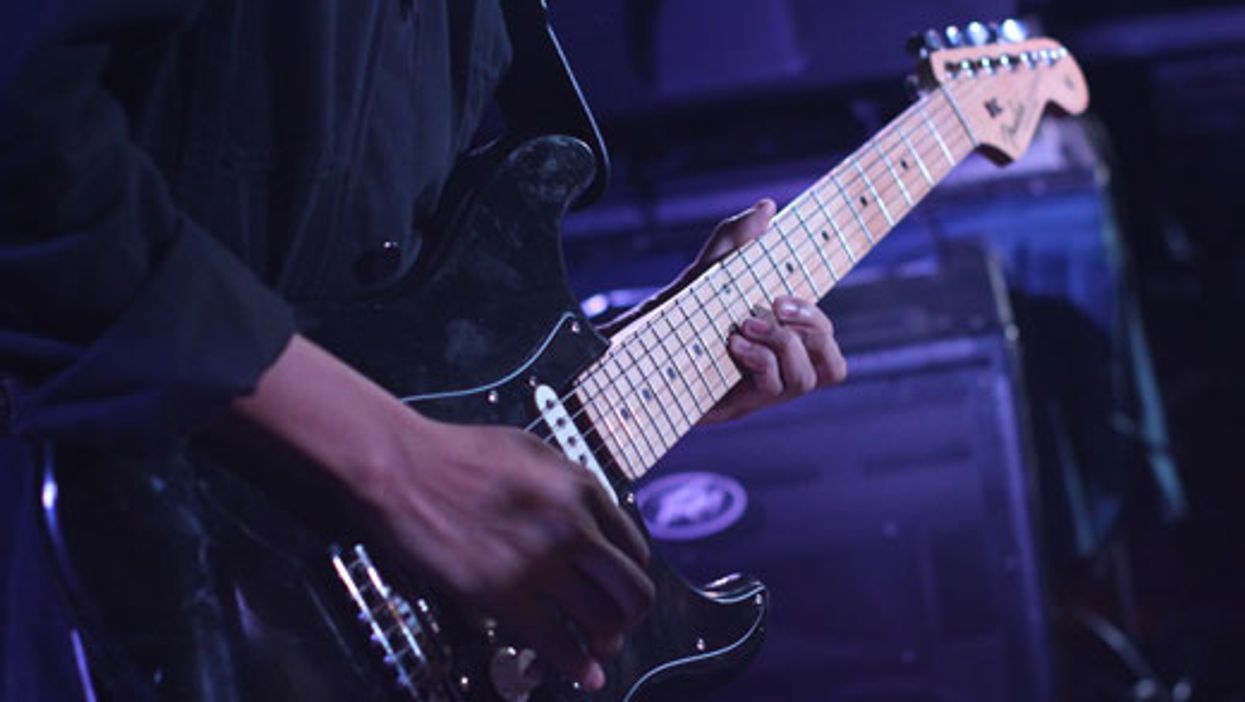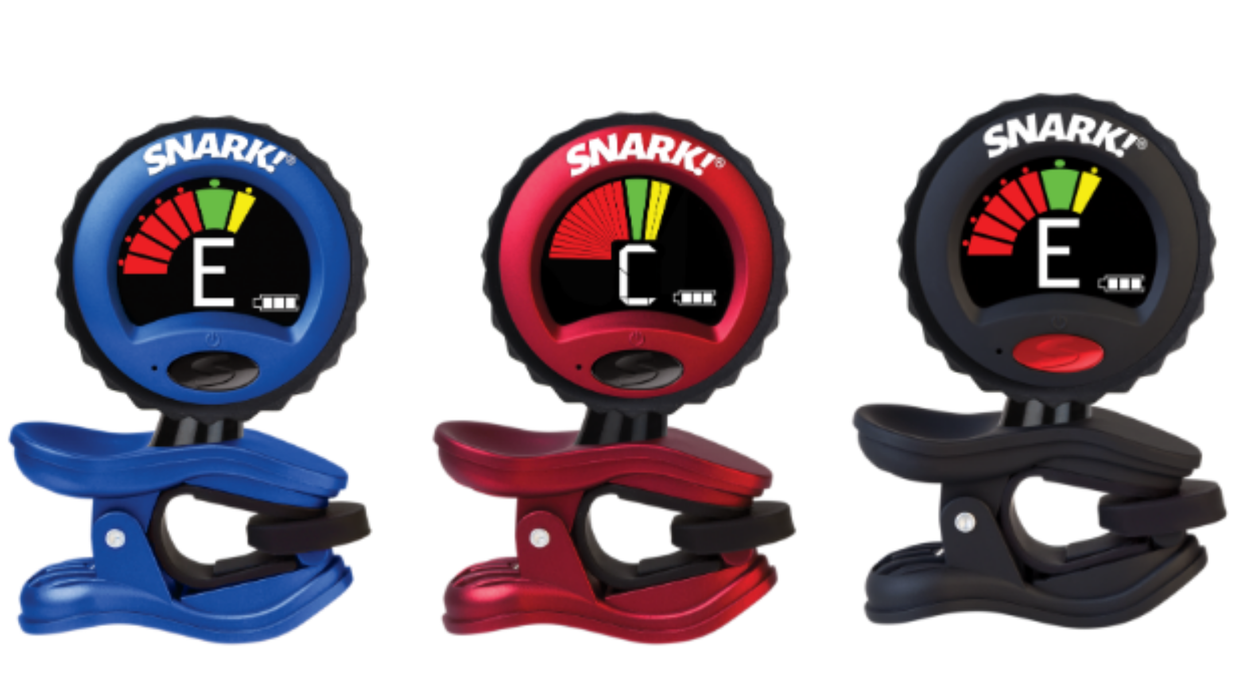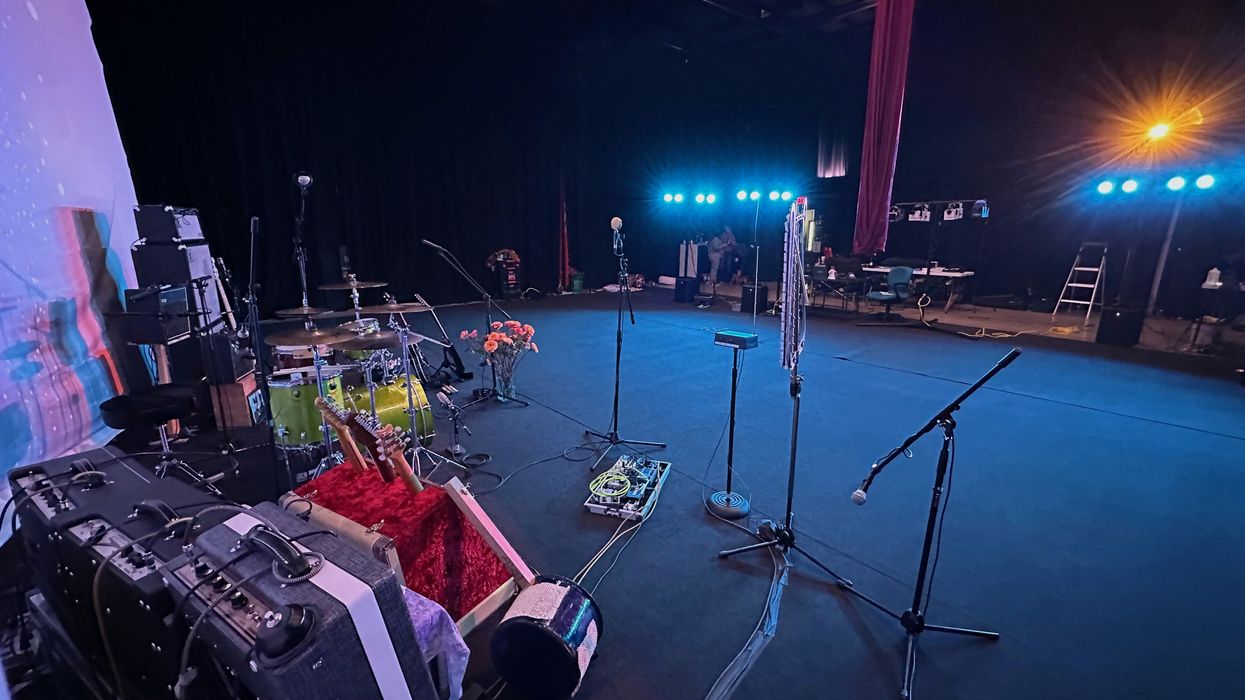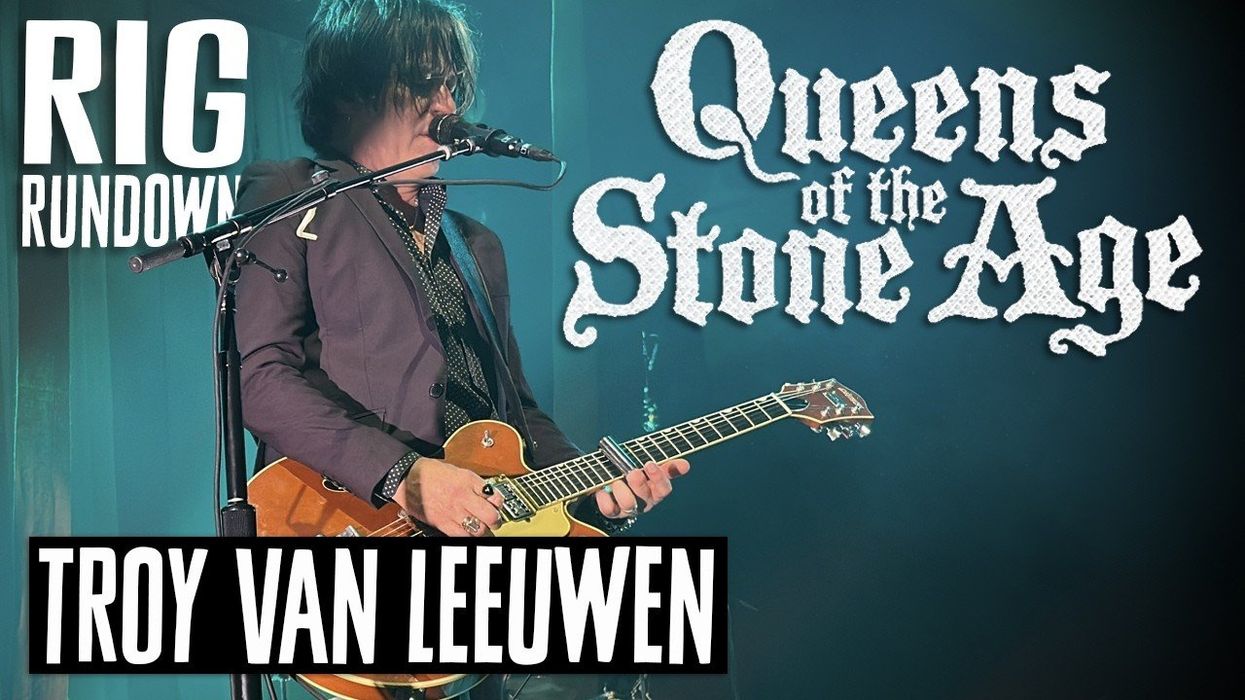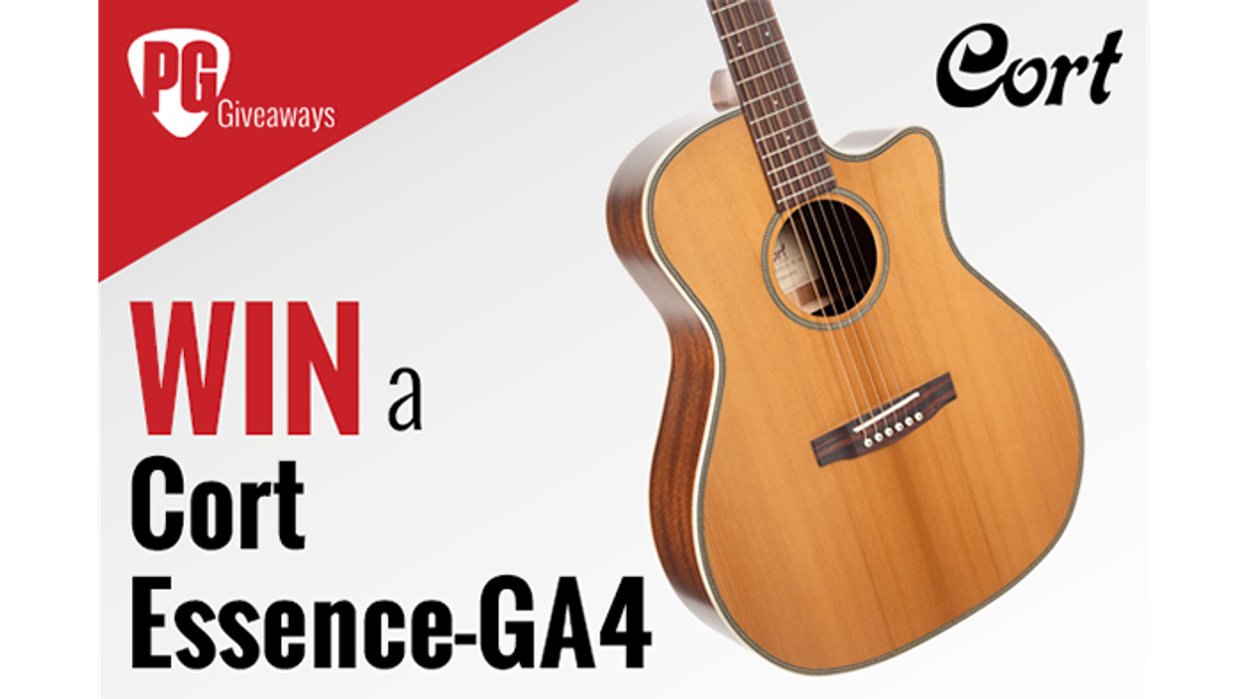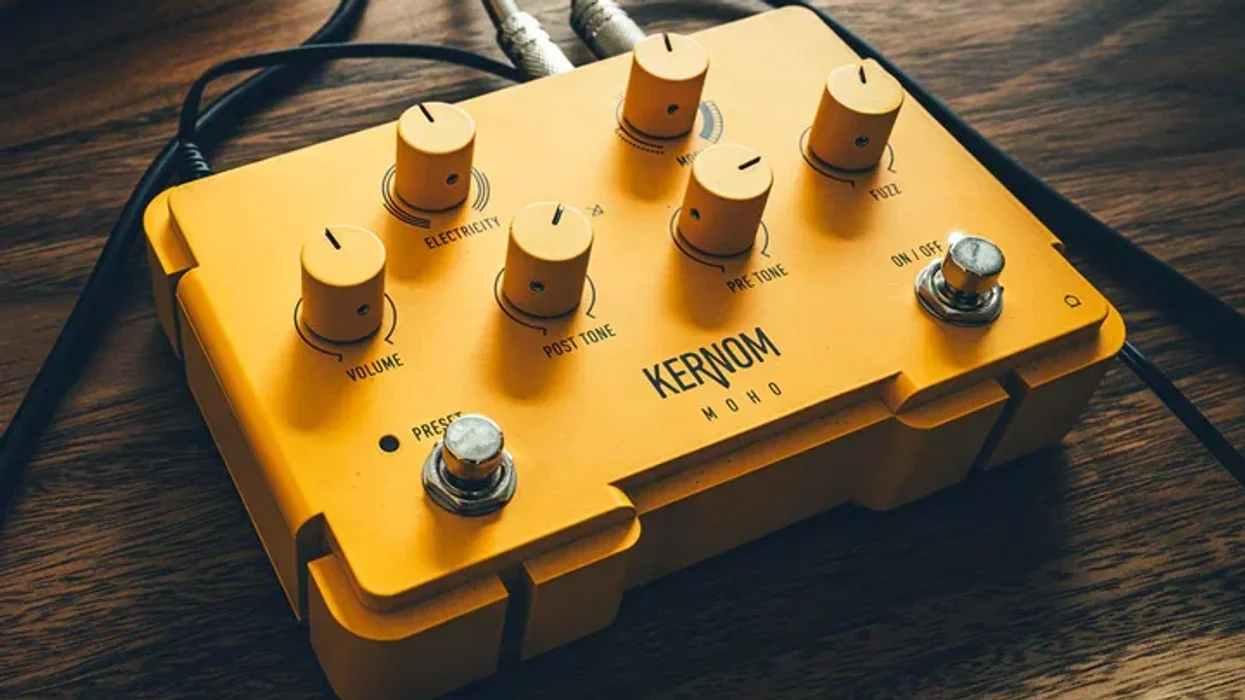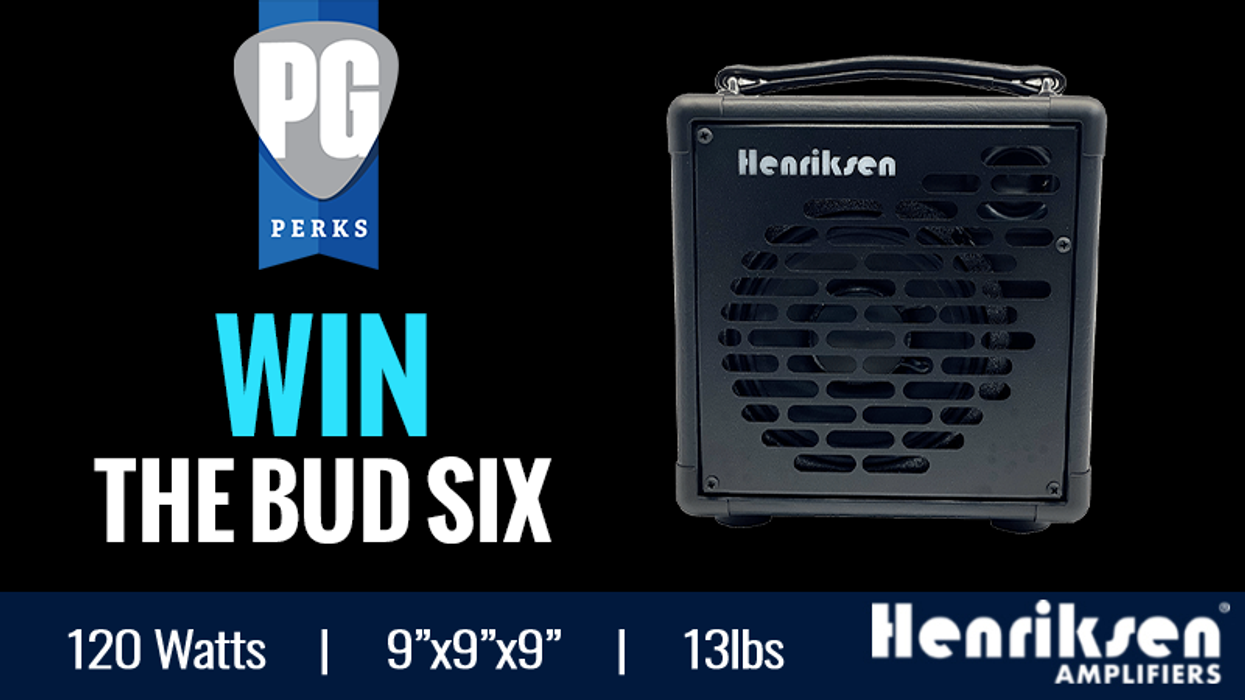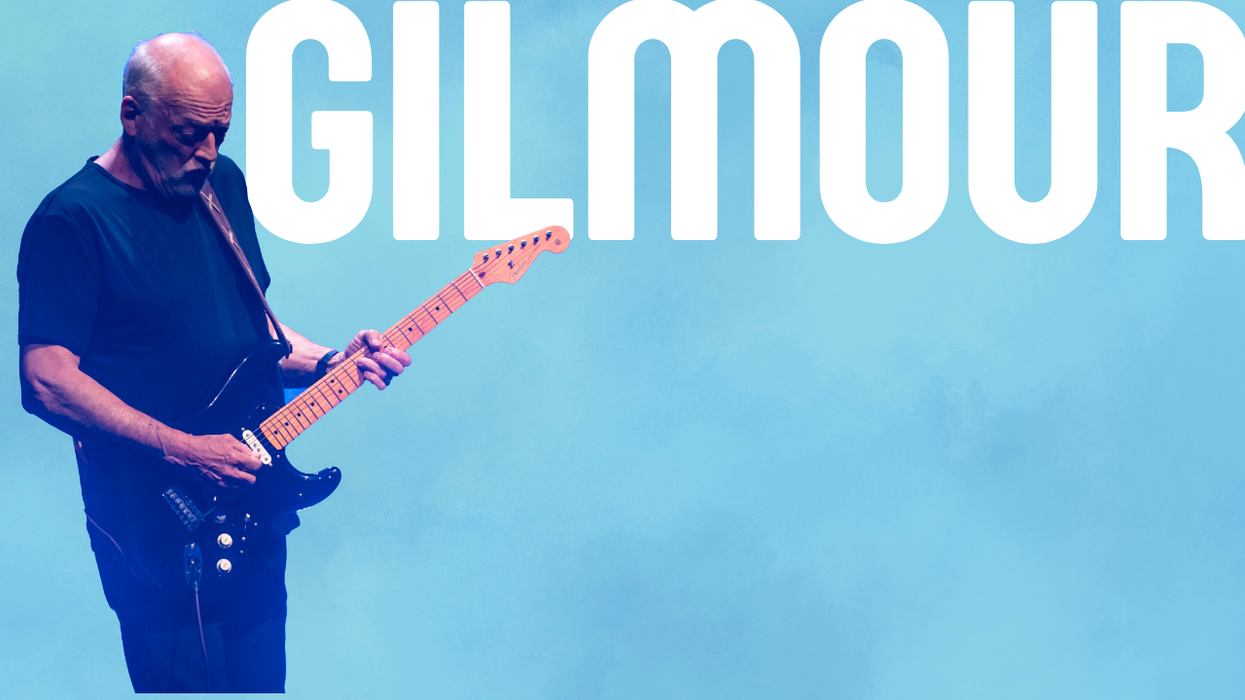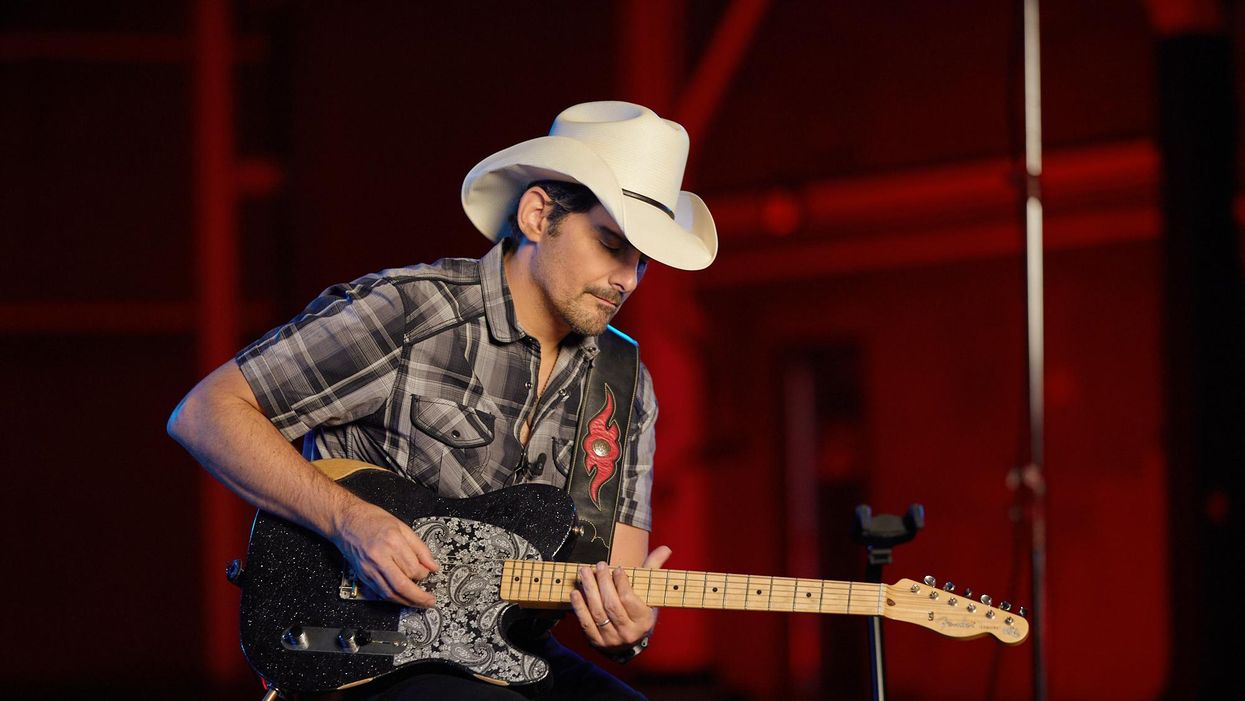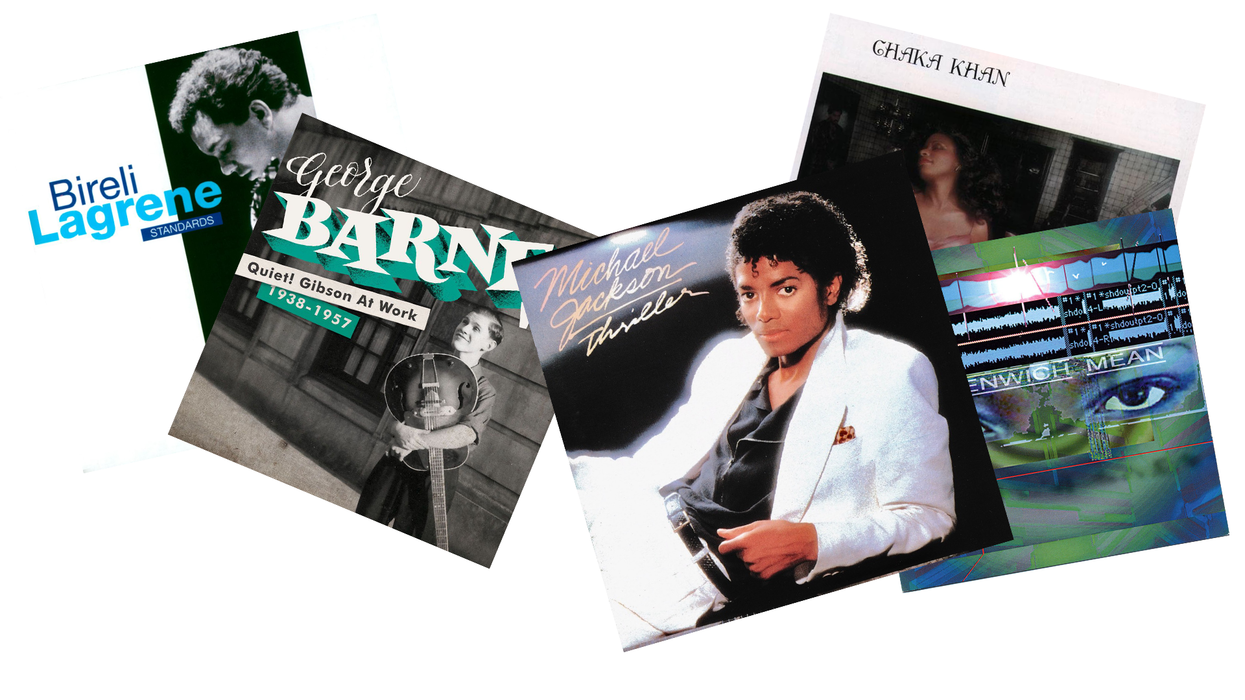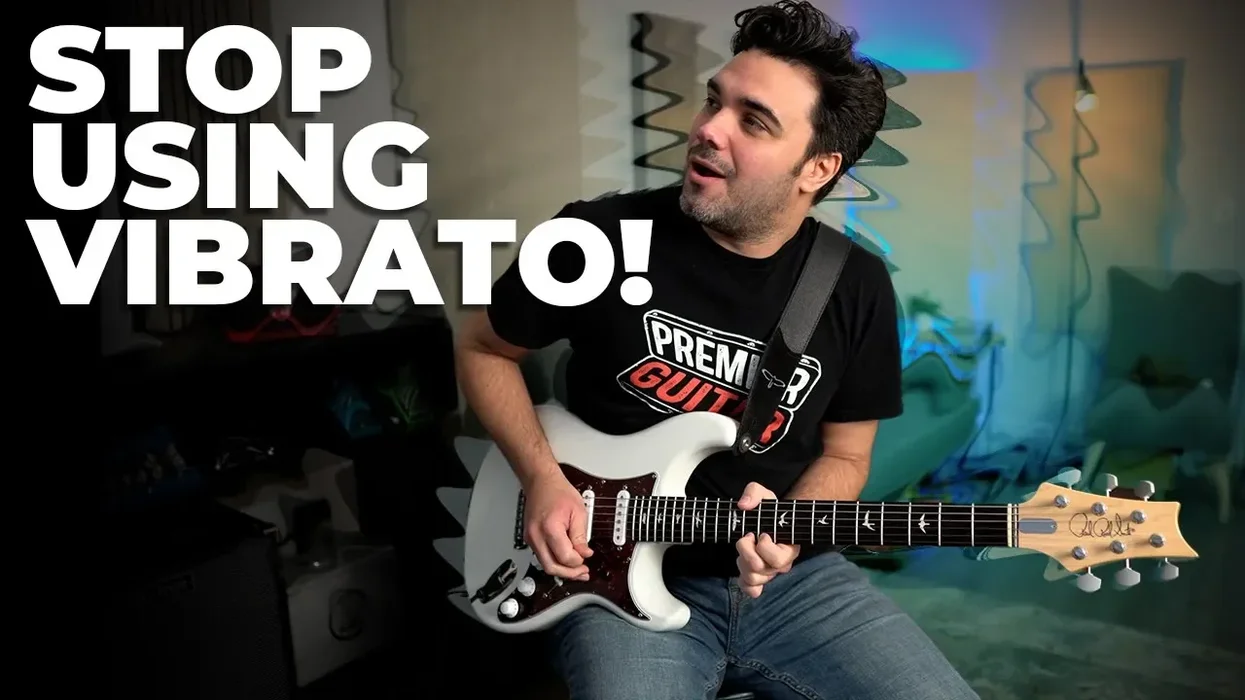Chops: Advanced
Theory: Intermediate
Lesson Overview:
• Learn how to use both hands to create angular, tapped phrases.
• Develop a stronger hammer-on technique.
• Understand how to use add 9 arpeggio voicings.
Click here to download MP3s and a printable PDF of this lesson’s notation.
When delving into the art of two-hand tapping, the first thing you need to remember is to start slow. I can’t emphasize this enough. Begin each example in “free time”—in other words, don’t worry about sticking to a rhythm. Just play slowly and with a consistent feel in both hands.
Since this is an advanced technique, we need to illustrate both hands in the musical examples. When you see a number below the tab, it refers to your fretting-hand fingers. The italicized lowercase letters follow the traditional classical guitar notation to indicate specific fingers on what would usually be your picking hand, but is now your tapping hand: p, i, m, and a—or thumb, index, middle, and ring, respectively.The first example (Fig. 1) is the starting point for mastering the entire lesson. Most of the left hand (fretting hand) will focus around add 9 arpeggio shape hammer-ons, and will be the main movement you’ll really want to have nailed down before moving on. Most guitar players struggle to hammer-on any note with their pinky, just dedicate some time to practicing and you’ll be able to get it down. When practicing this example, make sure that when you strike each note with either your left hand or right hand (tapping hand), you’re on the tips of the fingertips. This approach will help with overall volume for each note. For this example, you’ll be tapping with your right-hand middle and index fingers.
Note the fingering listed for the left hand. It’s best to use the 2nd finger for the second note because if you use the 3rd finger, it makes the stretch for the 4th finger that much harder. If you feel more comfortable using your 3rd instead, feel free to do so, but if you have difficulty getting consistent volume on that next note that’s played with the 4th, try hammering with the 2nd finger, as listed. Long term, it’s easiest to execute this shape in all contexts using the 2nd finger.
In Fig. 2, we’ll be incorporating a change of arpeggio shapes for the left hand and introducing the octave tapping shape for the right hand. This one will start out similarly to the first example, but move up from the first shape two whole-steps to B (7th fret), hammering the same shape, but now tapping a D octave shape.
Here’s a tip for this example: Practice tapping the octave shape first, as you’ll now be using the right hand index and ring finger (instead of the index and middle from the previous exercise). Memorize the second shape first and then practice the transition between the two.
In this next example (Fig. 3), we’ll be incorporating faster movement between the arpeggio shapes and tapped notes, while also adding another and final arpeggio shape. We’ll be placing an arpeggio shape between the two we’ve already covered. We’re still in the 9 shape, but this time it moves up only one whole-step to A, then continues on to the B shape we played previously.
Start by practicing the first two movements from the G shape to the A shape, and then try all three chords together. This new arpeggio shape and tapped notes are basically the same idea as the first example, except starting on A. In terms of visualizing the action, focus on what your left hand is doing since the tapped notes are not moving to different frets until you get to the B shape. It comes down to personal preference about which hand to watch, but over the years I’ve found that instead of just focusing on one hand or the other, it’s best to stare in the general area of the entire riff. This is less of a struggle than trying to look back and forth when moving at full tempo.
Fig. 4 incorporates two more notes into the arpeggio shape while doubling the tapping notes from all of the previous examples. For the first arpeggio shape, we’ll add a B (4th fret on the 3rd string) and another 9, A, on the 4th string. For the second arpeggio shape, the A shape, we won’t be adding anything. For the third arpeggio shape, the B shape, we’ll add a D (7th fret on the 3rd string) and another C# (11th fret on the 4th string).
When learning the new notes for each of the shapes, try hammering the notes from each arpeggio shape without the tapped notes. Once you feel comfortable with the new notes, add in the tapped notes. I’ve tabbed out Fig. 5 for this below.
For this final example (Fig. 6), we’ll combine everything we’ve done in the previous examples to form a complete riff. This tapping riff is the intro to our song “Atlas Novus," from our newest album The Migration.
There are a few new things to be aware of in this final example.
- The timing changes to fit the song, and this transforms each of the 9th arpeggio shapes into 16th-note triplet groupings, and it converts the rest of the notes into 16th-notes.
- The movement of the tapped notes for the first shape will alternate. The note the middle finger taps will remain the same while the index finger alternates between the 12th fret on the 4th string (D) and the 11th fret on the 4th string (C#). Take your time to work through this movement before tackling the entire example.
- The third shape will move back to the second shape, while also moving the tapped octave down a half-step.
When played up to tempo, this lick is very challenging. But once you’ve memorized the shapes and solidified them in your muscle memory, it won’t take very long to get up to speed. Just make sure to drill with a metronome and slowly increase the tempo.
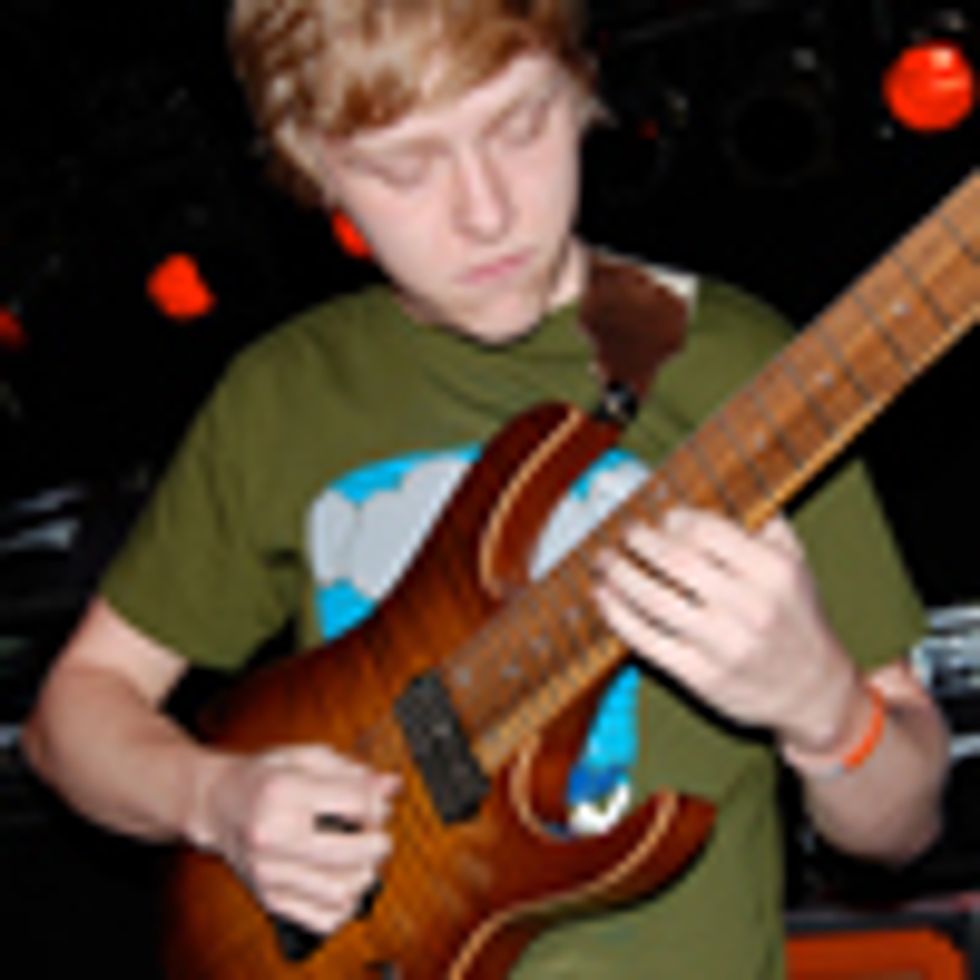 Chris Letchford
Chris LetchfordGuitarist Chris Letchford is pushing the boundaries of modern progressive music. His band, Scale the Summit, has toured with Dream Theater, Zappa Plays Zappa, Devin Townsend, and many more bands. Since attending both Berklee and Musicians Institute, he has become an in-demand educator and author. For more information, visit chrisletchford.com.



